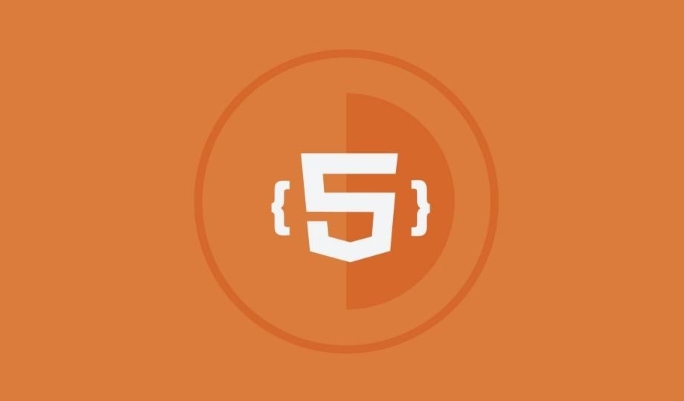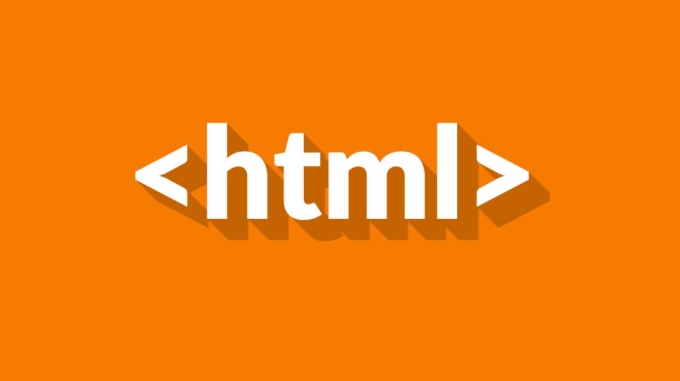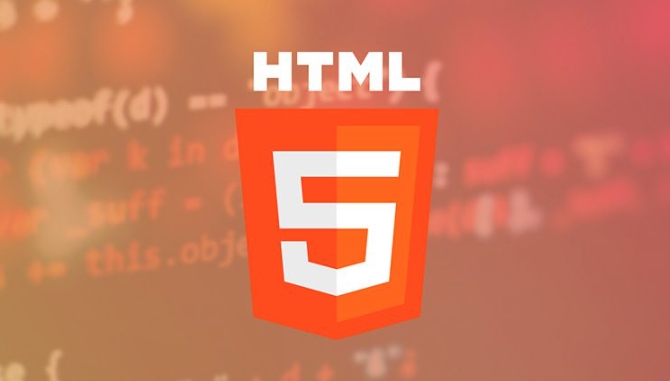
Block and inline HTML tags are used to structure and format content on a webpage, but they behave differently in how they display elements. Here's a breakdown of the main differences and when to use each.

Block-Level Tags Take Up the Full Width
By default, block-level elements start on a new line and extend to fill the width of their container. This makes them ideal for larger structural components like paragraphs, headings, and sections.

Common block tags include:
-
<div> <li> <code><p></p> -
<h1></h1>through<h6></h6> -
<section></section> -
<article></article> -
<span></span> -
<a></a> -
<strong></strong> -
<em></em> -
<b></b> -
<i></i>
For example, if you place two <p></p> tags one after another in your HTML, each paragraph will appear on its own line, stacked vertically. Even if there's not much text, each block element still stretches across the full width unless you override it with CSS.

Inline Tags Flow Within Text
Inline elements, on the other hand, don't start on a new line. They only take up as much space as needed and flow within the surrounding text. These are best used for small bits of content inside a line, like links, spans of text with special formatting, or emphasis.
Common inline tags include:
A practical example is using <strong></strong> inside a paragraph to emphasize part of a sentence. The bolded text appears inline with the rest of the paragraph and doesn't disrupt the flow.
You Can Change Their Behavior With CSS
While browsers have default styles for these tags, you're not locked into them. Using CSS, you can change how an element displays. For instance, you can make a <span></span> act like a block-level element by setting display: block; , or turn a <div> into an inline element with <code>display: inline; .
Keep in mind that changing display types doesn't always mean you should. It's usually better to use the correct tag from the start for clarity and accessibility—especially since screen readers and search engines rely on proper semantic HTML.
Why It Matters for Layout and Design
Understanding the difference helps you build cleaner layouts and avoid unexpected spacing issues. If something looks misaligned or won't sit next to another element, check whether you're mixing inline and block tags unintentionally.
Also, when styling with CSS frameworks or layout methods like Flexbox or Grid, knowing which elements are block or inline helps you control alignment and spacing more effectively.
So yes, it's a basic concept—but one that affects nearly every HTML layout decision.


























